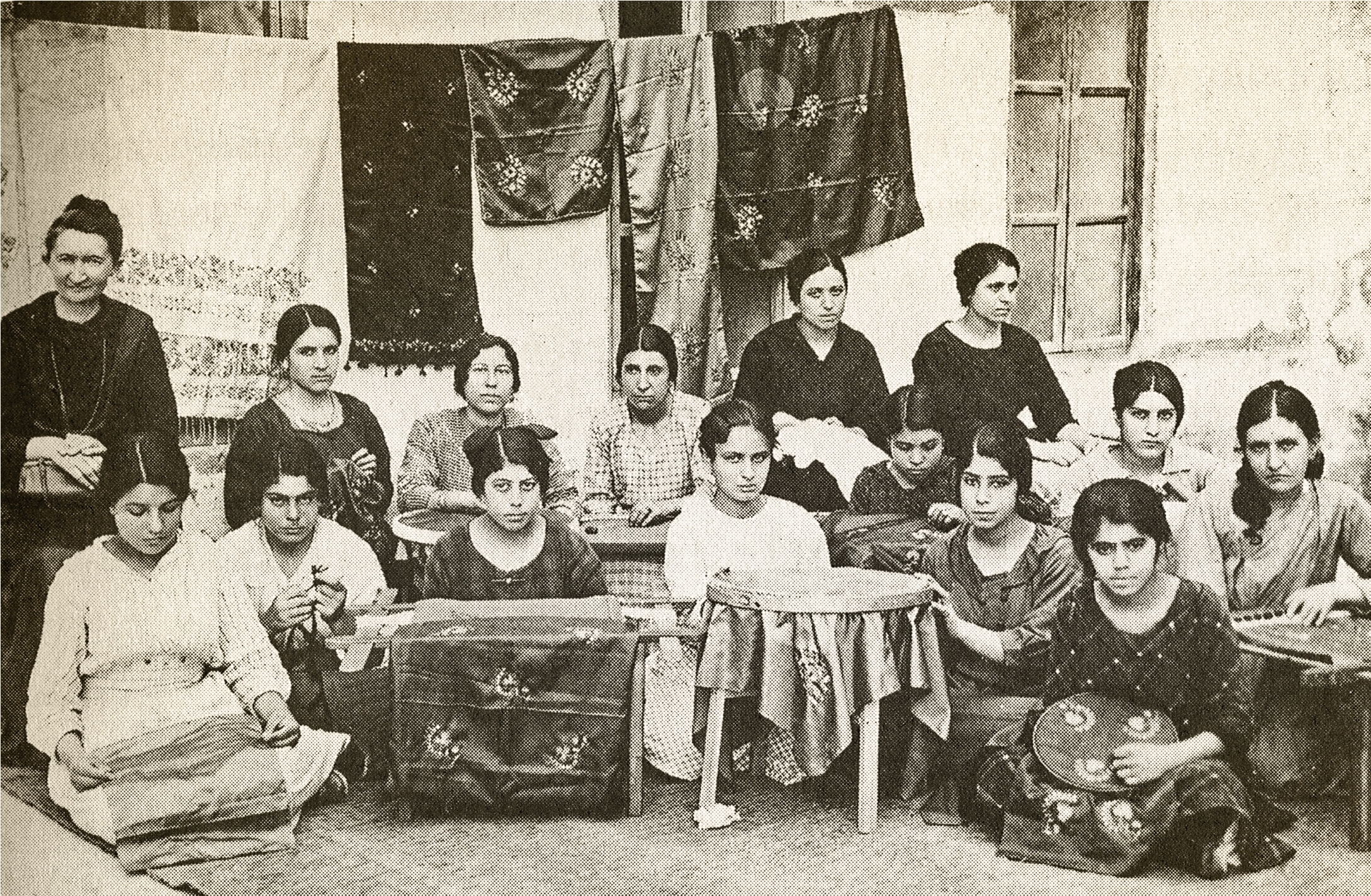Karen Jeppe
Submitted by 100lives on Fri, 02/20/2015 - 16:32
English
Intro:
Karen Jeppe was born in late 19th century Denmark into a middle-class family. Raised by a schoolteacher and his wife, she enjoyed an unremarkable childhood in a quiet, rural parish called Gylling.
Weight:
-100
Story elements:
Text:
Karen Jeppe was born in late 19th century Denmark into a middle-class family. Raised by a schoolteacher and his wife, she enjoyed an unremarkable childhood in a quiet, rural parish called Gylling.
Text:
Few could have predicted that one day the pretty, fair-haired child would play a pivotal role in saving a nation.
Karen Jeppe’s status in the Armenian Diaspora and within the Armenian nation itself is legendary.
She is directly or indirectly responsible for the survival of thousands of Armenians who would otherwise have died in the Genocide. Few individuals have contributed as much in humanitarian terms as Karen Jeppe did.
Karen Jeppe was 13 when she was sent by her German father to his homeland to learn the language with his family. She learned within a year – a sign of linguistic abilities that would mean her eventual fluency in six languages.
On her return from Germany she was sent to boarding school in Copenhagen. One evening the school’s headmaster read aloud a newspaper feature by the Missionary Aage Meyer Benedictsen. Benedictsen had written about the pogroms of 1896 that had been instigated by the Turks against the Armenians.
One year later, in 1903, despite initial opposition from her father she travelled to Urfa near the current Syrian border to join the German Mission.
Image:

Text:
It took her just a year to learn Armenian, Arabic and Turkish. As a child she had learned languages with exceptional speed by using a special sound and vision method. She taught her young charges the same way and cut the time they took to learn a second language by two thirds. Her reputation for teaching and a formidable talent for organization grew almost by the day.
In 1908 she returned home to deliver lectures, but new horrors were unfolding in Cilicia, now the Çukurova region in Turkey. Some 20,000 to 30,000 Armenians had been slaughtered. Karen Jeppe returned. An uneasy calm settled across the Ottoman Empire.
Then the killings began again.
Karen Jeppe stood against the tide.
She organized food and water for the caravans of desperate Armenians driven through Urfa on their journey to graves in the Syrian Desert. She stayed on despite the unfolding carnage, helping thousands flee by disguising them as Kurds and Arabs. By 1917 she had been sheltering Armenians in her cellar for nearly two years. Sick and on the point of nervous collapse she returned to Denmark.
In 1921 she returned to Aleppo with the backing of the League of Nations to track down Armenian girls who had been trafficked as slaves during the Genocide. Between 1922 and 1923 she set up search and rescue stations in Aleppo. Using money she raised in Europe she managed to buy back many women and children from their Arab owners. Tragically, some Arabs refused to sell the babies and those mothers chose to remain with their captors.
In all, Karen Jeppe was responsible for freeing some 2,000 women from slavery.
Image:

Text:
But one relationship with a Bedouin Arab was to prove a blessing.
Hadjim Pasha owned a stretch of land east of the Euphrates region. Karen Jeppe packed up her small tent and drove out to meet him. Remarkably, a determined Danish woman and a Bedouin Arab prepared to ignore tribal prejudices struck a deal founded on mutual warmth and respect. Karen Jeppe left the meeting with enough agricultural land to support 30 families.
It became a time of peace and happiness. The French Air force pilots, who regularly passed by, flapped their wings as they flew overhead.
Then, in 1935, she drove out to her White House at the settlement. There she suffered one of her regular bouts of malaria. This one was far worse than earlier attacks. She was transferred to a hospital in Aleppo and died a short while later.
Karen Jeppe lived for just 59 years. Her life was short, but her achievements were great.
She left a legacy for the people she loved. Land, a living and a future.
Six of her small villages remain.
Images courtesy of the Armenian Genocide Museum-Institute and 100 LIVES.
The story is verified by the 100 LIVES Research Team
Subtitle:
The woman who played a pivotal role in saving a nation
Story number:
9
Header image:

